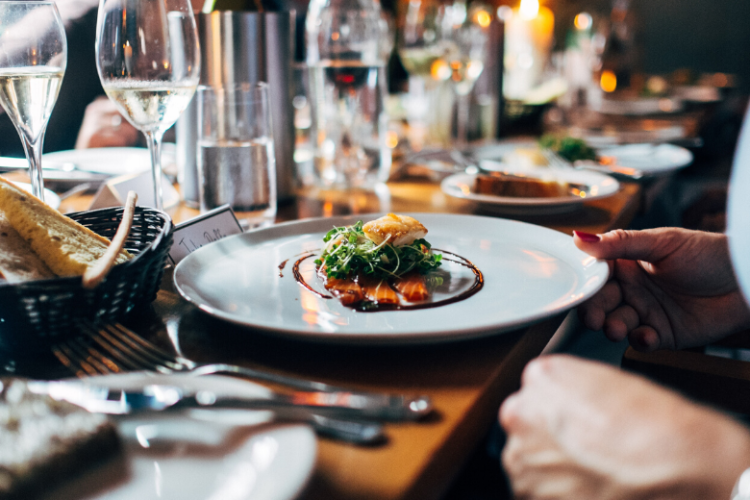Designing a restaurant menu is a combination of science and art. The infographic below, Menu Engineering: How Psychology Increases Restaurant Profits, does an excellent job of illustrating how to make psychological principles and design artistry work in combination to create a menu that gently influences diners to select your most profitable items. The infographic is essential reading for restaurant owners and any restaurant or marketing personnel involved with menu engineering and design.
The tips discussed and illustrated in the infographic relate to eye patterns used by diners when scanning a menu, as well as feelings evoked in diners from menu item descriptions. For instance, if your entrée is comfort food, play up feelings of nostalgia in the description rather than leaving it to diners to use their imaginations.
Understanding scanning patterns is critically important for deciding which items go where on the menu. By placing high-profit items where diners are sure to see them, and low-profit items where they may not, you should start serving more of the former and fewer of the latter. Psychological principles of item placement can also be applied to price testing. Suppose you have a popular item with a low profit margin — every restaurant has a few of those. By raising the price and placing it in a prominent area of the menu, you stand to make the item even more popular and substantially increase profitability.
One area of debate that has grown in recent years is the advisability of adding calorie counts to menu items. By now most agree that diners appreciate this information, almost to the point of demanding it in some culinary niches. Some restaurants are reluctant to add calorie information to their menus, however, thinking that by doing so they will discourage the sale of high-profit, high-calorie items, or reduce the overall average check size. Studies indicate that providing caloric data does not reduce profitability, and over time may lead restaurants to tweak recipes to make them more appealing calorie-wise, and further enable them to identify new profitable selections based on an already attractive calorie count. Weigh this against alienating patrons by withholding calorie information, and the choice becomes rather clear.
A crucial thing to keep in mind when engineering and designing your menu is not to overdo it. Psychologically appealing descriptions are wonderful, but they shouldn’t be a paragraph long unless you have amazingly talented writers and a customer base that will relish them. By the same token, unique, highly stylized fonts attract attention — unless you use too many of them and/or use them everywhere, in which case they will only confuse and irritate your patrons.
To learn more and gather ideas to make your menu produce more profits, continue reading below.
Infographic provided by Restohub

